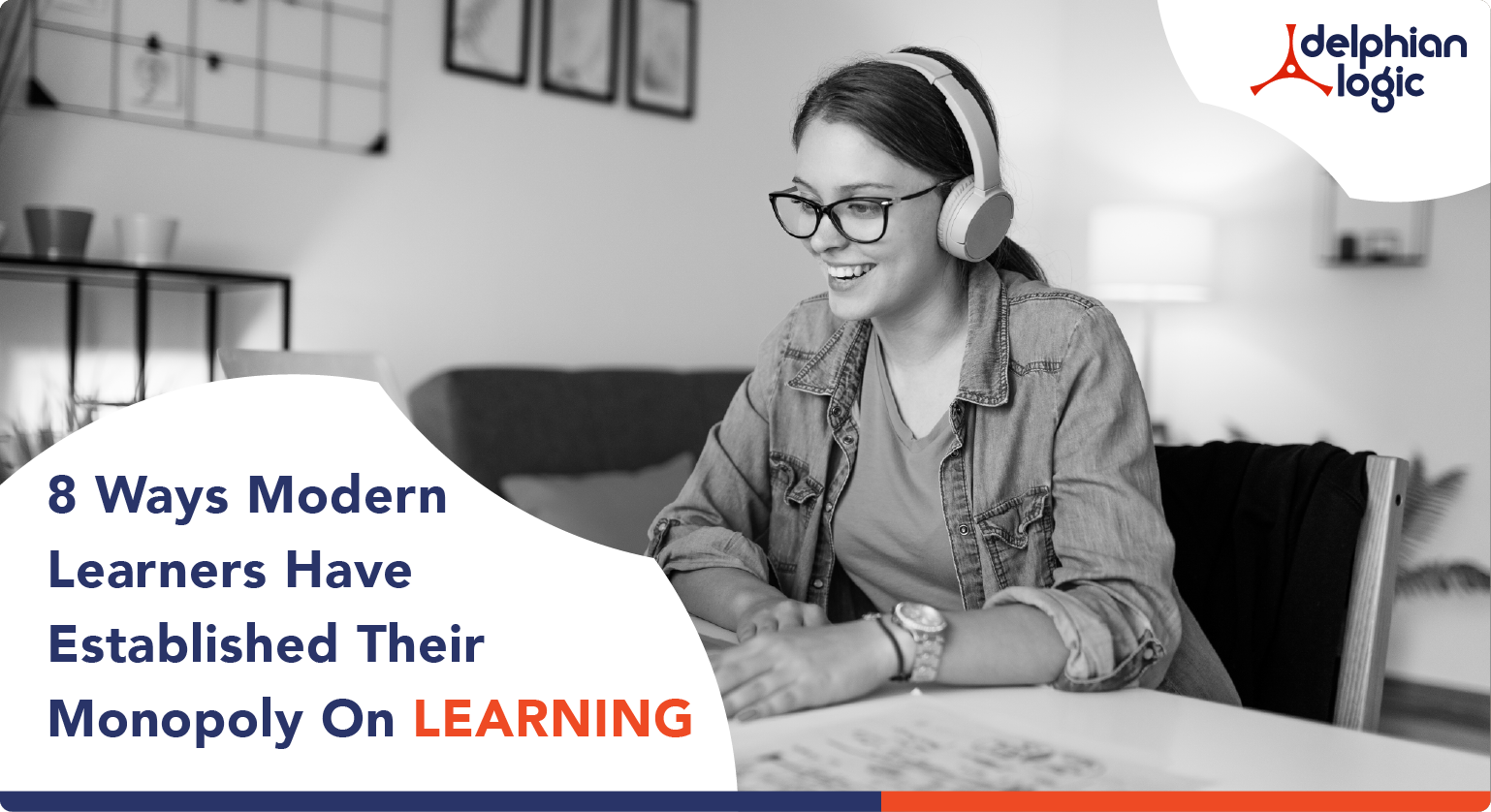February 28, 2019
Gamified Microlearning: A powerful method to boost employee performance

Among the various different approaches to eLearning, microlearning has become one of the most sought after, for corporate training. The efficiency of smaller pouches of content has been fueled by short attention spans and a multitude of reasons for them. Delivered in the form of visuals, text and sometimes even games, microlearning is a gold-mine for learners. Game-play elements and game mechanics are incorporated into these modules to gamify eLearning. Gamification augments the level of engagement for learners, acting as a catalyst for a highly functioning and motivated workforce while boosting receptivity and relatability.
Gamification, at its core, has four components:
- Challenge: This establishes a goal, so as to decide what the person must accomplish
- Obstacles: These need to be overcome, in order to achieve the goal
- Rewards: These are collectables that a person gets when the goal is achieved
- Game Rules: They define how you interact with the game
Focused on higher engagement and retention, gamification blends in perfectly with microlearning.
Better Information Processing
A drop in average attention span has seen employees living in the digital era gobble up bite-sized chunks of information. Combined with gamification, employees now have access to a small volume of data that offers them challenges and rewards, with a sharp focus on a single module, undoubtedly increasing the engagement within users and enabling better, quicker information processing.
Increased Engagement
Tying in with faster information processing, microlearning uses easily comprehensible elements, so as to engage a disengaged user. With gamified elements, come in goals, challenges, rules, and rewards. Easy to understand, gamified elements spark the curiosity of learners and allow interactivity with the learning interface, while rewards propel this forward as incentives, with the help of collectables.
Improved Retention
Goal-directed gamification in microlearning modules enhances the quality of learning to reinforce retention. Setting goals for activities and games, with the help of the motivational framework of an average learner, powers the learner to get enough practice. Short modules that do not require copious amounts of time to learn concepts, when combined with games, can identify areas for improvement immediately. This encourages users to practice until they actually grasp the concept; and considering that the modules are delivered in chunks especially designed for easy learning, users can get back to it at any point in time.
The scope of gamification in microlearning is phenomenal. A combination of the two has the power to boost cognitive processes of learning, memory and perception. It allows users to understand exactly the role they are required to play in the organization and enhances on-the-job performance. With an unprecedented increase in access to easily mobile devices, it is especially simple to deliver small chunks of learning content incorporating gamified elements into the learning module. Together, gamification and microlearning can expect to see a huge boost in employee performance and retention and their ability to grasp concepts.


